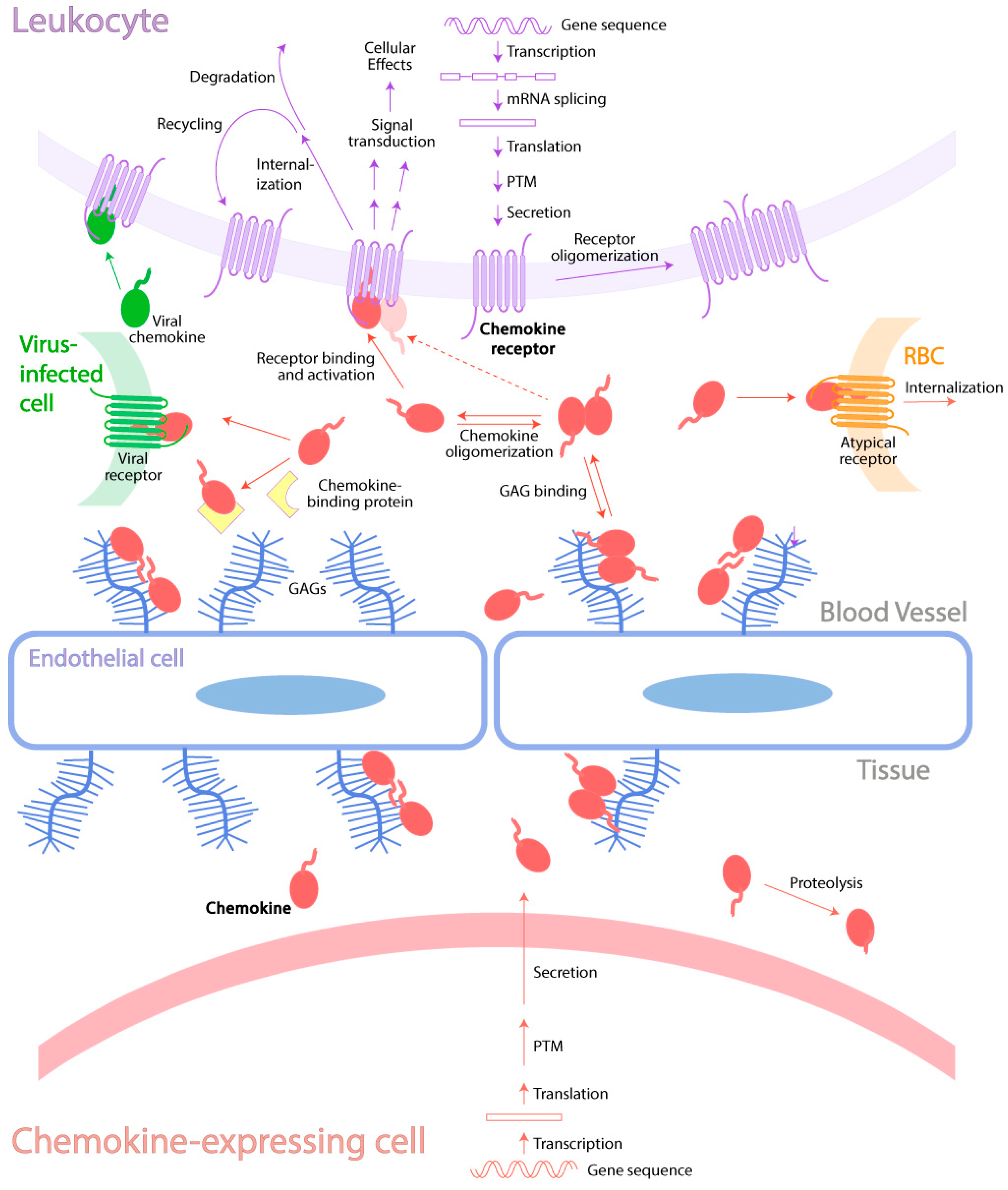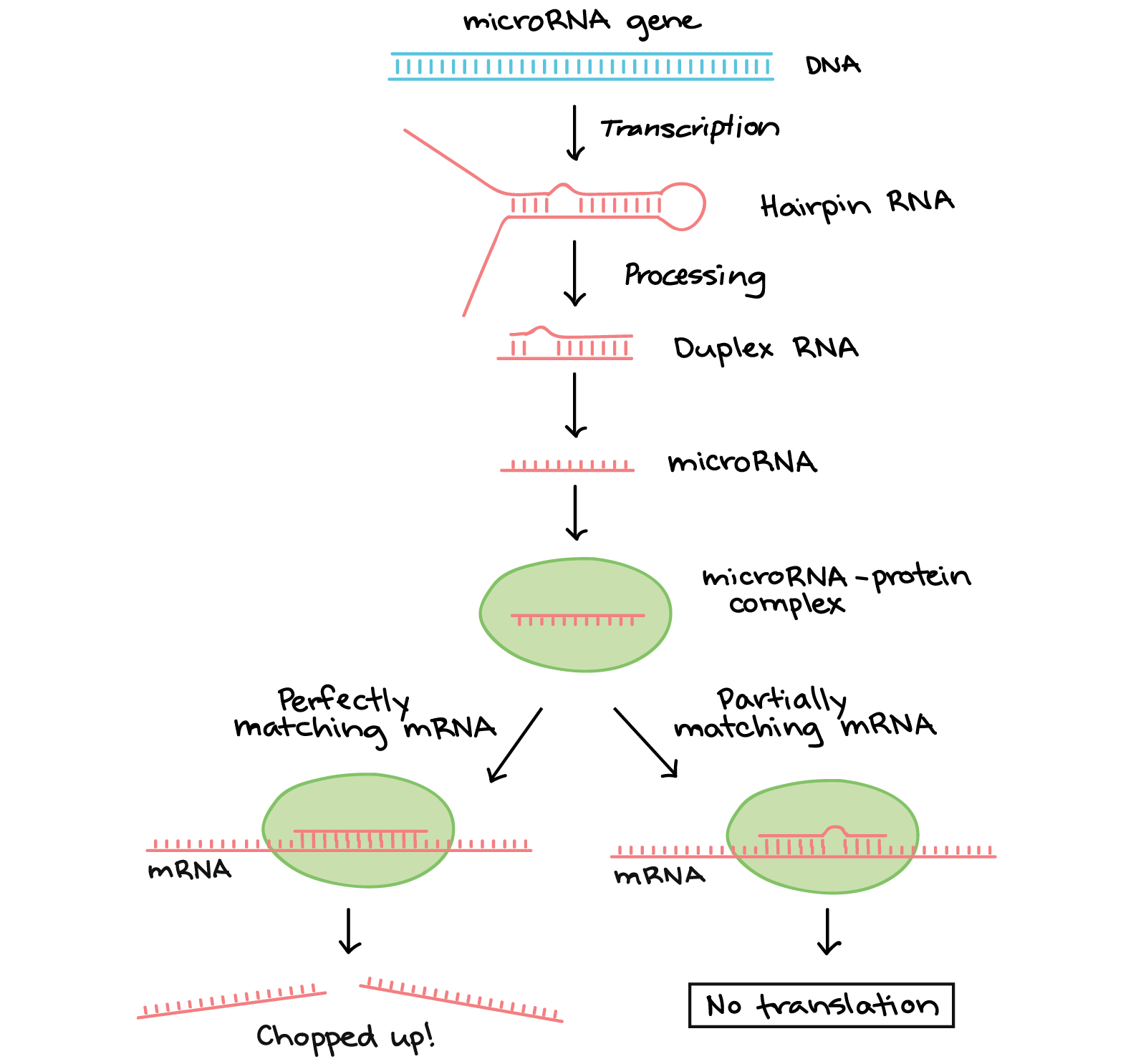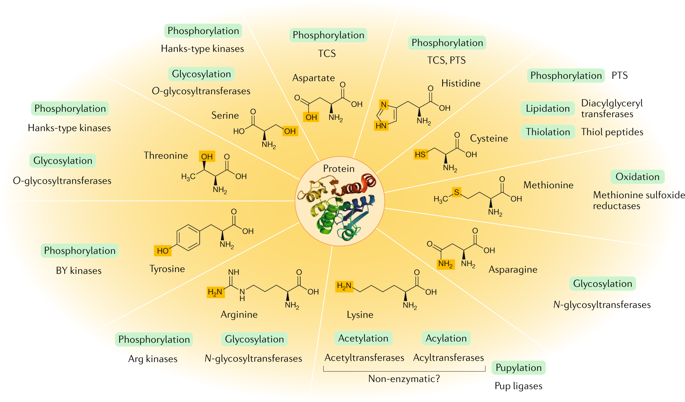Post translational modification review ideas in 2023
Home » modification » Post translational modification review ideas in 2023Your Post translational modification review images are ready. Post translational modification review are a topic that is being searched for and liked by netizens now. You can Download the Post translational modification review files here. Find and Download all free images.
If you’re searching for post translational modification review pictures information related to the post translational modification review topic, you have pay a visit to the right blog. Our website frequently provides you with suggestions for viewing the highest quality video and image content, please kindly search and find more enlightening video articles and images that fit your interests.
Post Translational Modification Review. The modifications discussed in this chapter have been shown to modify a wide variety of proteins whose functions vary from cell division to metabolism and regulation. This combined with the brain regions most affected by HD in a mouse model of HD fact that this short N-terminal sequence harbors several CAG1404 5 Interestingly the level of T3 phosphorylation residues that are subjected to diverse post-translational was inversely correlated with polyQ repeat length suggesting modifications PTMs including phosphorylation acetyla- that phosphorylation at T3 is. Posttranslational modifications are a sundry set of transformations that help to diversify the limited genome of organisms. Phosphorylation acetylation oxidation and other types of modification.
 Post Transcriptional Modification An Overview Sciencedirect Topics From sciencedirect.com
Post Transcriptional Modification An Overview Sciencedirect Topics From sciencedirect.com
Aberrant post-translational modifications are markers of cellular stress or malfunction and are implicated in several diseases. Post-translational modifications are key mechanisms to increase proteomic diversity. Baculoviruses are pathogenic viruses that infect invertebrates and. The modifications discussed in this chapter have been shown to modify a wide variety of proteins whose functions vary from cell division to metabolism and regulation. Phosphorylation acetylation oxidation and other types of modification. The types of modifications discussed here are also likely to be important for interactions involving other pathways such as direct cross-talk.
Post-translational modifications were categorized into four primarily reported modifications.
Post-translational modifications PTMs are the chemical modifications of proteins after translation and are very important to guarantee the proper biological functions of these proteins. This review discusses current techniques used to study post-translational protein modifications PTMs and their contribution to blood cancer research. Thus monitoring in vivo PTM changes of mAbs helps evaluate the criticality of. Baculoviruses are pathogenic viruses that infect invertebrates and. Post-translational modifications PTMs are the chemical modifications of proteins after translation and are very important to guarantee the proper biological functions of these proteins. Aberrant post-translational modifications are markers of cellular stress or malfunction and are implicated in several diseases.
 Source: mdpi.com
Source: mdpi.com
Post-translational modifications PTMs are the chemical modifications of proteins after translation and are very important to guarantee the proper biological functions of these proteins. This review discusses current techniques used to study post-translational protein modifications PTMs and their contribution to blood cancer research. Phosphorylation acetylation oxidation and other types of modification. The types of modifications discussed here are also likely to be important for interactions involving other pathways such as direct cross-talk. Thus monitoring in vivo PTM changes of mAbs helps evaluate the criticality of.
 Source: sciencedirect.com
Source: sciencedirect.com
Phosphorylation acetylation oxidation and other types of modification. The modifications discussed in this chapter have been shown to modify a wide variety of proteins whose functions vary from cell division to metabolism and regulation. Post-translational modifications of the histone tails are correlated with distinct chromatin states that regulate access to DNA. Recent proteomic analyses have revealed several new modifications in the globular nucleosome core many of which lie at the histone-DNA interface. Note that the PTMs ubiquitylation succinylation s-nitrosylation glutathionylation carbonylation and nitration fall into the oxidation category.
 Source: cell.com
Source: cell.com
Phosphorylation acetylation oxidation and other types of modification. Thus monitoring in vivo PTM changes of mAbs helps evaluate the criticality of. Phosphorylation acetylation oxidation and other types of modification. This combined with the brain regions most affected by HD in a mouse model of HD fact that this short N-terminal sequence harbors several CAG1404 5 Interestingly the level of T3 phosphorylation residues that are subjected to diverse post-translational was inversely correlated with polyQ repeat length suggesting modifications PTMs including phosphorylation acetyla- that phosphorylation at T3 is. While the genome comprises 20000 to 25000 genes the proteome is estimated to encompass over 1 million proteins.
 Source: pnas.org
Source: pnas.org
In this review we summarize the regulatory mode of post-translational modifications on KRAS including prenylation post-prenylation palmitoylation ubiquitination phosphorylation. The modifications discussed in this chapter have been shown to modify a wide variety of proteins whose functions vary from cell division to metabolism and regulation. Aberrant post-translational modifications are markers of cellular stress or malfunction and are implicated in several diseases. However the detection and study of diverse types of GPCR modifications are limited. Post-translational modifications of the histone tails are correlated with distinct chromatin states that regulate access to DNA.
 Source: cell.com
Source: cell.com
Post-translational modifications PTMs of therapeutic monoclonal antibodies mAbs are important product quality attributes PQAs that can potentially impact drug stability safety and efficacy. Significance Statement Post-translational modification of G proteincoupled receptors GPCRs controls all aspects of receptor function. A thorough understanding of the role and mechanisms by which diverse post-translational modifications regulate GPCR signaling and trafficking is essential for. The aim of this review is to discuss the role of post-translational modifications of transcription factors as a mechanism to modify and regulate transcriptional output in different cellular contexts. In this review we summarize the regulatory mode of post-translational modifications on KRAS including prenylation post-prenylation palmitoylation ubiquitination phosphorylation.
 Source: sciencedirect.com
Source: sciencedirect.com
A thorough understanding of the role and mechanisms by which diverse post-translational modifications regulate GPCR signaling and trafficking is essential for. In this review we summarize the regulatory mode of post-translational modifications on KRAS including prenylation post-prenylation palmitoylation ubiquitination phosphorylation. This combined with the brain regions most affected by HD in a mouse model of HD fact that this short N-terminal sequence harbors several CAG1404 5 Interestingly the level of T3 phosphorylation residues that are subjected to diverse post-translational was inversely correlated with polyQ repeat length suggesting modifications PTMs including phosphorylation acetyla- that phosphorylation at T3 is. Thus monitoring in vivo PTM changes of mAbs helps evaluate the criticality of. Note that the PTMs ubiquitylation succinylation s-nitrosylation glutathionylation carbonylation and nitration fall into the oxidation category.
 Source: rockland-inc.com
Source: rockland-inc.com
Significance Statement Post-translational modification of G proteincoupled receptors GPCRs controls all aspects of receptor function. Post-translational modifications PTMs of therapeutic monoclonal antibodies mAbs are important product quality attributes PQAs that can potentially impact drug stability safety and efficacy. A thorough understanding of the role and mechanisms by which diverse post-translational modifications regulate GPCR signaling and trafficking is essential for. This review discusses current techniques used to study post-translational protein modifications PTMs and their contribution to blood cancer research. Post-translational modifications were categorized into four primarily reported modifications.
 Source: cell.com
Source: cell.com
Thus monitoring in vivo PTM changes of mAbs helps evaluate the criticality of. The modifications discussed in this chapter have been shown to modify a wide variety of proteins whose functions vary from cell division to metabolism and regulation. Aberrant post-translational modifications are markers of cellular stress or malfunction and are implicated in several diseases. Significance Statement Post-translational modification of G proteincoupled receptors GPCRs controls all aspects of receptor function. Thus monitoring in vivo PTM changes of mAbs helps evaluate the criticality of.
 Source: cell.com
Source: cell.com
Changes at the transcriptional and mRNA levels increase the size of the transcriptome relative to the genome and the myriad of different post. While the genome comprises 20000 to 25000 genes the proteome is estimated to encompass over 1 million proteins. Post-translational modifications PTMs of therapeutic monoclonal antibodies mAbs are important product quality attributes PQAs that can potentially impact drug stability safety and efficacy. Post-translational modifications were categorized into four primarily reported modifications. Blood cancer is an umbrella term for cancers that affect blood cells and organs of the hematopoietic system accounting for approximately 10 of all cancer diagnoses.
 Source: onlinelibrary.wiley.com
Source: onlinelibrary.wiley.com
This review discusses current techniques used to study post-translational protein modifications PTMs and their contribution to blood cancer research. A thorough understanding of the role and mechanisms by which diverse post-translational modifications regulate GPCR signaling and trafficking is essential for. The PTMs of a mAb may change remarkably in the bloodstream after drug administration compared to in vitro conditions. Post-translational modifications PTMs are the chemical modifications of proteins after translation and are very important to guarantee the proper biological functions of these proteins. Changes at the transcriptional and mRNA levels increase the size of the transcriptome relative to the genome and the myriad of different post.
 Source: cell.com
Source: cell.com
This review discusses current techniques used to study post-translational protein modifications PTMs and their contribution to blood cancer research. The modifications discussed in this chapter have been shown to modify a wide variety of proteins whose functions vary from cell division to metabolism and regulation. Post-translational modifications PTMs of therapeutic monoclonal antibodies mAbs are important product quality attributes PQAs that can potentially impact drug stability safety and efficacy. Post-translational modifications were categorized into four primarily reported modifications. The aim of this review is to discuss the role of post-translational modifications of transcription factors as a mechanism to modify and regulate transcriptional output in different cellular contexts.
 Source: febs.onlinelibrary.wiley.com
Source: febs.onlinelibrary.wiley.com
Note that the PTMs ubiquitylation succinylation s-nitrosylation glutathionylation carbonylation and nitration fall into the oxidation category. Blood cancer is an umbrella term for cancers that affect blood cells and organs of the hematopoietic system accounting for ap-proximately 10 of all cancer diagnoses. This review discusses current techniques used to study post-translational protein modifications PTMs and their contribution to blood cancer research. However the detection and study of diverse types of GPCR modifications are limited. The post-translational modification SUMOylation and cancer Review SUMOylation is a reversible post-translational modification which has emerged as a crucial molecular regulatory mechanism involved in the regulation of DNA damage repair immune responses carcinogenesis cell.
 Source: onlinelibrary.wiley.com
Source: onlinelibrary.wiley.com
While the genome comprises 20000 to 25000 genes the proteome is estimated to encompass over 1 million proteins. Post-translational modifications were categorized into four primarily reported modifications. The PTMs of a mAb may change remarkably in the bloodstream after drug administration compared to in vitro conditions. In this review we summarize the regulatory mode of post-translational modifications on KRAS including prenylation post-prenylation palmitoylation ubiquitination phosphorylation. The aim of this review is to discuss the role of post-translational modifications of transcription factors as a mechanism to modify and regulate transcriptional output in different cellular contexts.
 Source: khanacademy.org
Source: khanacademy.org
Baculoviruses are pathogenic viruses that infect invertebrates and. The types of modifications discussed here are also likely to be important for interactions involving other pathways such as direct cross-talk. Posttranslational modifications are a sundry set of transformations that help to diversify the limited genome of organisms. Post-translational modifications are key mechanisms to increase proteomic diversity. Thus monitoring in vivo PTM changes of mAbs helps evaluate the criticality of.
 Source: pnas.org
Source: pnas.org
The post-translational modification SUMOylation and cancer Review SUMOylation is a reversible post-translational modification which has emerged as a crucial molecular regulatory mechanism involved in the regulation of DNA damage repair immune responses carcinogenesis cell. Aberrant post-translational modifications are markers of cellular stress or malfunction and are implicated in several diseases. The aim of this review is to discuss the role of post-translational modifications of transcription factors as a mechanism to modify and regulate transcriptional output in different cellular contexts. In this review we summarize the regulatory mode of post-translational modifications on KRAS including prenylation post-prenylation palmitoylation ubiquitination phosphorylation. This review discusses current techniques used to study post-translational protein modifications PTMs and their contribution to blood cancer research.
 Source: x-mol.com
Source: x-mol.com
Post-translational modifications PTMs of therapeutic monoclonal antibodies mAbs are important product quality attributes PQAs that can potentially impact drug stability safety and efficacy. Thus monitoring in vivo PTM changes of mAbs helps evaluate the criticality of. This combined with the brain regions most affected by HD in a mouse model of HD fact that this short N-terminal sequence harbors several CAG1404 5 Interestingly the level of T3 phosphorylation residues that are subjected to diverse post-translational was inversely correlated with polyQ repeat length suggesting modifications PTMs including phosphorylation acetyla- that phosphorylation at T3 is. Significance Statement Post-translational modification of G proteincoupled receptors GPCRs controls all aspects of receptor function. However the detection and study of diverse types of GPCR modifications are limited.
 Source: pnas.org
Source: pnas.org
Phosphorylation acetylation oxidation and other types of modification. However the detection and study of diverse types of GPCR modifications are limited. Post-translational modifications PTMs of therapeutic monoclonal antibodies mAbs are important product quality attributes PQAs that can potentially impact drug stability safety and efficacy. Posttranslational modifications are a sundry set of transformations that help to diversify the limited genome of organisms. A thorough understanding of the role and mechanisms by which diverse post-translational modifications regulate GPCR signaling and trafficking is essential for.
 Source: pnas.org
Source: pnas.org
This review discusses current techniques used to study post-translational protein modifications PTMs and their contribution to blood cancer research. While the genome comprises 20000 to 25000 genes the proteome is estimated to encompass over 1 million proteins. Protein post-translational modifications PTMs increase the functional diversity of the proteome by the covalent addition of functional groups or proteins proteolytic cleavage of regulatory subunits or degradation of entire proteins. Aberrant post-translational modifications are markers of cellular stress or malfunction and are implicated in several diseases. Thus monitoring in vivo PTM changes of mAbs helps evaluate the criticality of.
This site is an open community for users to share their favorite wallpapers on the internet, all images or pictures in this website are for personal wallpaper use only, it is stricly prohibited to use this wallpaper for commercial purposes, if you are the author and find this image is shared without your permission, please kindly raise a DMCA report to Us.
If you find this site value, please support us by sharing this posts to your preference social media accounts like Facebook, Instagram and so on or you can also bookmark this blog page with the title post translational modification review by using Ctrl + D for devices a laptop with a Windows operating system or Command + D for laptops with an Apple operating system. If you use a smartphone, you can also use the drawer menu of the browser you are using. Whether it’s a Windows, Mac, iOS or Android operating system, you will still be able to bookmark this website.
Category
Related By Category
- Leatherman modification ideas
- Organizational behavior modification theory ideas
- Seamoth modification station location information
- Custody modification reasons information
- Kak shockwave modification information
- Subnautica cant place vehicle modification station information
- Loan modification while in chapter 13 information
- Behavior modification is based upon the principles of rewards and punishments advanced by ideas
- Modification lawyer information
- Z4 modification information